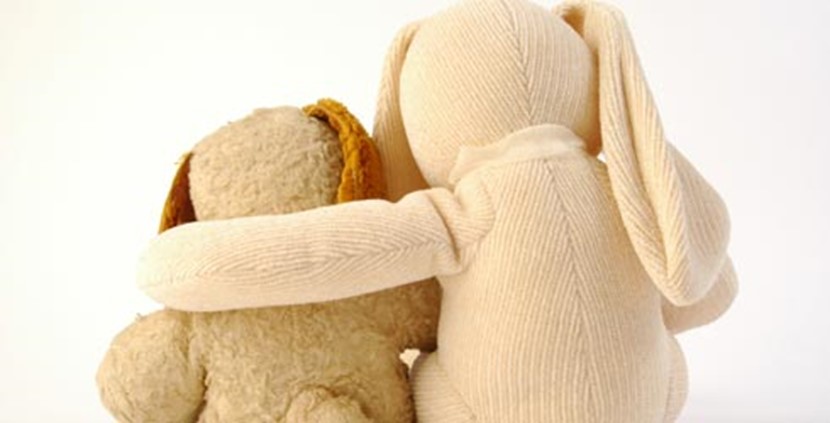Baby safety

While your new baby will spend much of their early life unable to move very far, there are many things parents can do to protect their babies from accidents and harm.
Here are some tips for ways you can ensure your baby's safety and create an environment that is nurturing and focused on their health and wellbeing.
- Make sure that your baby's cot is safe to use. Check that the gaps between the cots' bars are no more than 50 to 90mm wide (about the width of a soda can). Make sure that all corners are rounded and that there are no protrusions (such as corner posts or screws) over 5mm, as they can snag a child's clothing or injure the child if they fall. The space between the mattress sides and the bars of the cot should not be more than 20mm, and there should be a minimum depth of 600mm from the base of the mattress to the lowest point of any of the cot's sides or ends. Also check that there are no footholds or toeholds on the cot that the child can use for climbing -- it's a long way to fall from the cot's side to the floor.
- Avoid placing fluffy blankets or duvets, stuffed animals, or pillows in your infant's cot. A child is old enough to use a pillow when they ask for one. If you need to raise the sleeping surface because your child is prone to reflux, always do this by placing a foam wedge or folded towel under the mattress, NEVER on top of the mattress or under the sheet. Once your child is able to stand in the cot, remove cot bumpers as they can use them to climb out.
- If you're using "previously loved", secondhand, or hand-me-down equipment, such as carseats, strollers, toys and cots, make sure that they haven't been recalled for safety reasons, then double-check to ensure that they conform to current safety standards. If they do not conform, do not use them.
- Never leave your baby alone in the bath, even for just one moment.
- Never leave your baby alone on any raised surface, such as a changing table, bed, sofa, or chair. They may just choose that moment to roll over -- and can roll right off onto the floor, injuring themselves severely.
- Never leave small objects, plastic bags, medicines, or skincare products in your baby's reach to prevent choking or ingesting toxic substances.
- Keep your nappy pail covered with a securely attached lid. If you are using cloth nappies and need to soak them, keep the soaking bucket in a room your child cannot enter, and make sure the lid fits securely.
- Put your baby to sleep on his back. This recommendation has been shown to reduce the risk of cot death. Also make sure that your relatives, babysitters, or daycare personnel know that your baby is to be put to sleep on his back.
- Never leave your baby alone on a waterbed, bean bag, or soft blanket that can accidentally cover their face and cause suffocation.
- Maintain smoke-free environments for your baby. Smoke-free homes have also been shown to reduce the risk of cot death. Do not allow anyone to smoke around your baby, whether in the home, or out and about. If you have visitors, insist that they smoke outside or, preferably, not at all until they return home.
- Avoid exposing your baby to too much sun, especially before he is six months old. Always make sure they wear a wide-brimmed hat and use baby sunscreen on your baby.
- When your baby is old enough to sit in a high chair, be sure to use the harness correctly. Young babies can slip out the bottom of the high chair and fall, and older babies love to stand up and climb out. Using a harness minimises this risk.
- Make sure your child's clothing is fire-resistant. Natural fibres are preferred.
Click here for information about child-proofing your home, kitchen, bathroom, and child's room.

